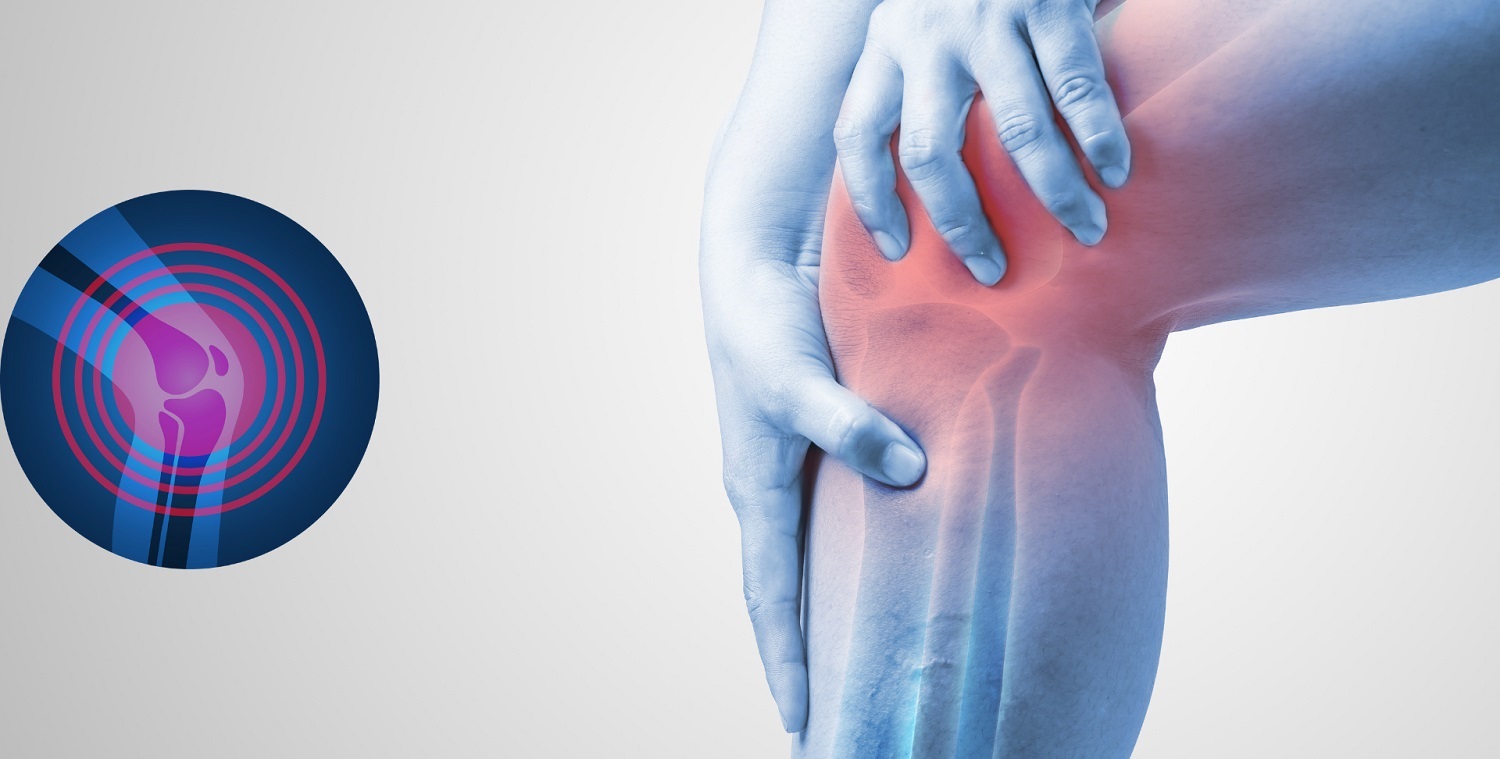Knee pain can be a debilitating condition that hinders mobility and quality of life. While surgery may seem like the only option for relief, there are effective non-surgical treatments available. These approaches focus on addressing the underlying causes of knee pain and promoting natural healing.
Platelet-Rich Plasma (PRP) Therapy
Platelet-rich plasma therapy is a cutting-edge treatment that utilizes the patient’s own blood components to stimulate healing. A small sample of blood is drawn, and the platelets are separated and concentrated. This platelet-rich plasma is then injected into the affected knee joint, where it releases growth factors that promote tissue repair and regeneration. PRP therapy has shown promising results in reducing pain, improving function, and accelerating the healing process.
Stem Cell Therapy
Stem cell therapy is another innovative approach to knee pain treatment. Stem cells have the unique ability to differentiate into various cell types, including those found in cartilage, tendons, and ligaments. By injecting stem cells into the knee joint, we harness the body’s natural regenerative potential to repair damaged tissues. This therapy holds great promise in promoting long-term relief from knee pain and improving joint function.
Viscosupplementation
Viscosupplementation involves injecting a gel-like substance, typically hyaluronic acid, into the knee joint. This viscous fluid acts as a lubricant and shock absorber, alleviating pain and improving mobility. Viscosupplementation is particularly effective for individuals suffering from osteoarthritis, where the natural lubricating fluid within the joint has deteriorated. This treatment provides a cushioning effect and reduces friction, offering significant relief.
Physical Therapy and Rehabilitation
A comprehensive rehabilitation program tailored to the individual’s specific condition can be instrumental in relieving knee pain. Physical therapists employ a combination of exercises, stretches, and manual techniques to strengthen the muscles surrounding the knee joint, improve flexibility, and enhance overall joint stability. Additionally, they may incorporate modalities like ultrasound and electrical stimulation to facilitate healing.
Lifestyle Modifications
Making certain lifestyle adjustments can have a profound impact on managing knee pain. Weight management is crucial, as excess body weight places added stress on the knee joints. Incorporating low-impact exercises like swimming and cycling can help maintain joint mobility without exacerbating pain. Furthermore, using assistive devices like braces or orthotics can provide additional support and alleviate pressure on the knees.
AMT Treatment by Regenera Activa
For those seeking an advanced and non-surgical approach to knee pain relief, Autologous Micrografting by Regenera Activa (AMT-RA) offers a groundbreaking solution. This state-of-the-art procedure harnesses the healing power of healthy tissues to regenerate damaged areas of bones and muscles. Without the need for surgery or hospitalization, AMT-RA provides a minimally invasive yet highly effective option for individuals suffering from knee pain. Experience the transformative potential of AMT-RA and regain mobility, comfort, and quality of life.
Conclusion
Non-surgical treatments for knee pain represent a significant advancement in medical care, offering patients effective alternatives to surgery. These approaches, including PRP therapy, stem cell therapy, viscosupplementation, rehabilitation, and lifestyle modifications, address the root causes of knee pain while promoting natural healing processes. For those seeking cutting-edge solutions, AMT-RA by Regenera Activa stands at the forefront of non-surgical knee pain treatment, providing a path to sustained relief and improved joint function. Embrace the future of knee pain management and take the first step towards a pain-free, active life.
Author

DR. JOSE CASANOVE
SPORTS MEDICINE SPECIALIST


